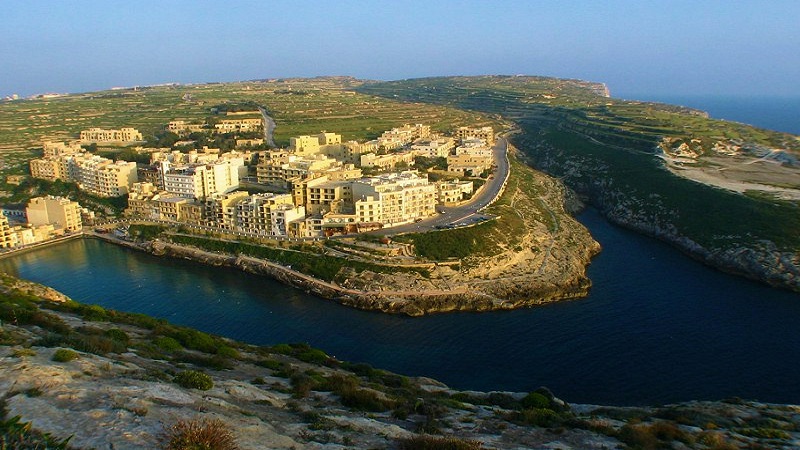The Planning Authority (PA) is still “analyzing” 5,700 submissions from the public related to the revision of the 2006 local plans, planning minister Ian Borg told Parliament. Borg was replying to a question by the PN’s environment spokesperson Karol Aquilina.
The Shift is informed that the local plan process which was intended to tweak development boundaries was delayed after the Zonqor controversy which galvanised civil society in its opposition to ODZ development.
A political decision was taken to postpone the controversial process to after the general election. One potential risk of this postponement was that land owners wishing to have their lands included in development zones could exercise more pressure on politicians before the election.
The submissions were made during a public consultation undertaken between July and September 2013. But Borg’s declaration contrasted with previous declarations made by PA chief Johann Buttigieg in the Authority’s annual report for 2014.
Back then Buttigieg had given a strong indication that the project was near its completion with the technical finalisation of the draft local plans expected to be completed by June 2015. This had to be followed by discussion with the government followed by an eight-week public consultation period.
PA chairman Vince Cassar also described the publication of the new local plans in 2015 as an “important milestone”.
Cassar wrote that “it is now time that local plans are updated as required” and that a “number of discrepancies and anomalies in the current plans” need to be adjusted.
Cassar made it clear that he was against “indiscriminate enlargement of development zones” but “a number of anomalies need to be addressed.” The annual report referred to 6,814 submissions made by the public.
In December 2014 Micheal Falzon, the former parliamentary secretary responsible for planning and government lands, revealed that the new local plans will tweak development boundaries once again, adding lands, which were unfairly left out in the controversial 2006 rationalisation piloted by the former PN minister George Pullicino.
While excluding a major extension of development boundaries Falzon confirmed that boundaries may be extended in some cases.
“The general political direction is that the new local plans will not double or triple the size of the development zone… We are saying clearly that as far as possible the development zone will not increase.”
In an interview in 2016 Johann Buttigieg confirmed that the first technical assessment of the new local plans was already in hand but blamed the delay on the fact that the planning sector had seen a change of three junior ministries following a reshuffle which had seen Michael Falzon replacing Michael Farrugia and subsequently Deborah Schembri taking Falzon’s place following the latter’s resignation.
During the 2017 general election campaign Prime Minister Joseph Muscat gave a strong indication on how government intends to proceed on this issue.
Speaking at a debate organised by environmental NGOs before the June general election, Muscat said that some of the boundaries drawn up by the revised local plans in 2006 were “crazy” and must be redesigned.
However, Muscat insisted that any extension of development zones will be compensated by extending ODZ zones elsewhere, arguing that “some sites are simply too beautiful to be left open for construction”.
Such an approach is supported by the Strategic Plan for the Environment and Development which foresees “minor adjustments” to development boundaries “whilst ensuring that the overall result does not constitute a significant change”.
This raises the prospect of the government removing public land from development zones to compensate for the inclusion of land parcels which were excluded in 2006.
The government would not lose anything in terms of developable land, and the reason for this is simple: although these lands are within development zones, they are still “safeguarded” from development by other planning policies limiting what actually takes place on these land parcels.
A case in point is part of the Zonqor coastline in Marsascala, which is technically within development zones but protected by other policies.
But it remains doubtful whether enough publicly-owned ODZ land exists to offset the demands by landowners to have their land included in development schemes.












